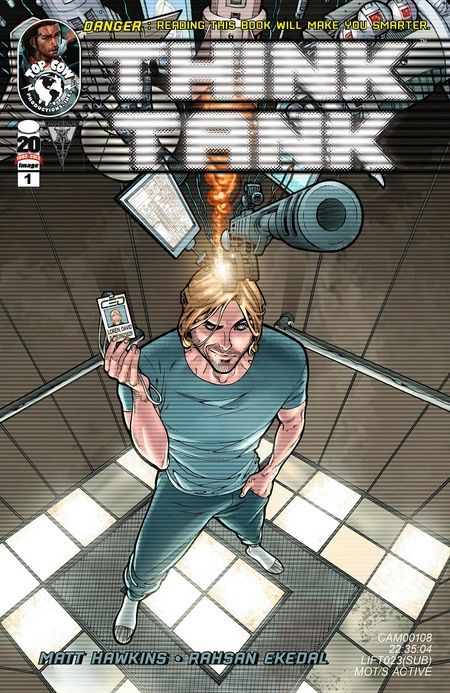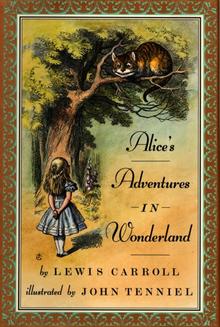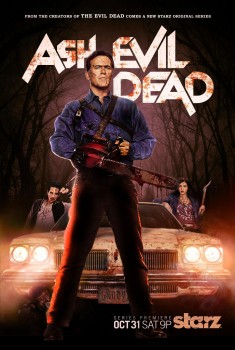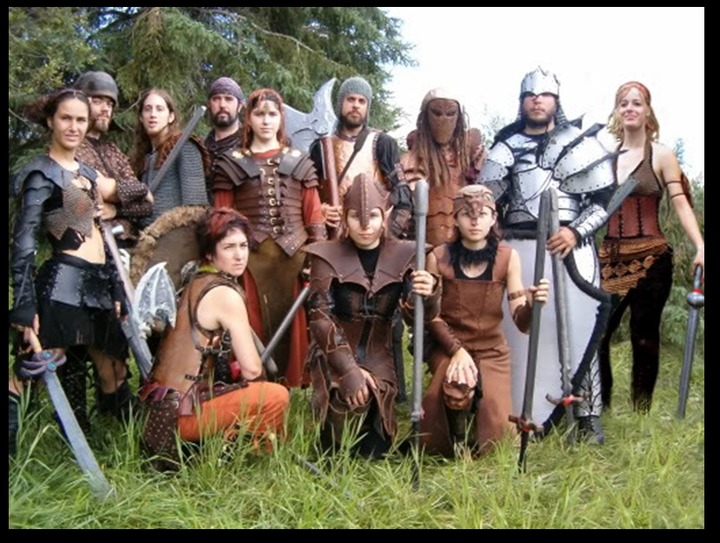Space Viking by H. Beam Piper
 Over the past three-and-a-half years, I’ve written thirty-eight short story roundups (covering about 200 short stories) and one-hundred book reviews for Black Gate. The vast majority of what I’ve read has been swords & sorcery. As much as I love the stuff, I’m getting a little tired and I need to take a break. Not from reviewing, mind you, but S&S. A major point of reviewing was to get myself to read more, and I want to keep that up, but I need some variety.
Over the past three-and-a-half years, I’ve written thirty-eight short story roundups (covering about 200 short stories) and one-hundred book reviews for Black Gate. The vast majority of what I’ve read has been swords & sorcery. As much as I love the stuff, I’m getting a little tired and I need to take a break. Not from reviewing, mind you, but S&S. A major point of reviewing was to get myself to read more, and I want to keep that up, but I need some variety.
With the encouragement of our esteemed editor, John O’Neill, I’m going to start by focusing on the science fiction books I devoured in my younger days, as well as some classics I missed the first time around (I just started Hal Clement’s Mission of Gravity). Books by C.J. Cherryh, Gordon Dickson, and Poul Anderson are among the first I’m thinking about reviewing. I hope we all have fun with this, and I’m looking forward to reading everybody’s own recollections about these works. So come along, and let’s get started with one of the foremost novels of the well-loved SF writer, H. Beam Piper: Space Viking (1963).
H. Beam Piper (1904-64) didn’t publish his first story until 1947. Until his death at his own hand, he published nearly thirty more stories and ten novels. Most were science fiction, but he also wrote several mysteries, and was a member of the Mystery Writers of America.


 People can have all kinds of reasons to use another name, or to change their names permanently, for that matter. There are personal or family reasons, like marriage or adoption. There are political or social reasons, like marking a religious conversion, or immigration – though that last’s not as common now as it was in the early to mid-20th century. My own father, for example, changed his name to Malan because British authorities – to whom he had to report regularly as a displaced person after WWII – suggested that he try to sound less Polish since he was planning to stay in England. He chose a name much in the news at that time, and that’s why my brother and I are often asked if we’re South African.
People can have all kinds of reasons to use another name, or to change their names permanently, for that matter. There are personal or family reasons, like marriage or adoption. There are political or social reasons, like marking a religious conversion, or immigration – though that last’s not as common now as it was in the early to mid-20th century. My own father, for example, changed his name to Malan because British authorities – to whom he had to report regularly as a displaced person after WWII – suggested that he try to sound less Polish since he was planning to stay in England. He chose a name much in the news at that time, and that’s why my brother and I are often asked if we’re South African.



